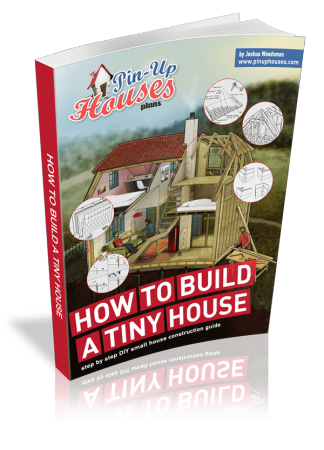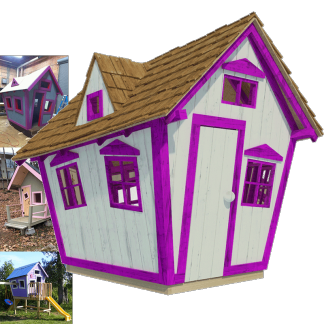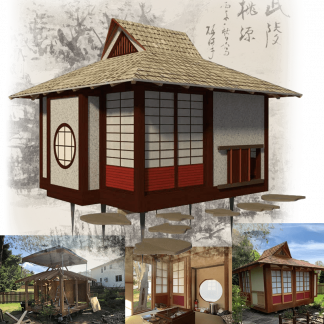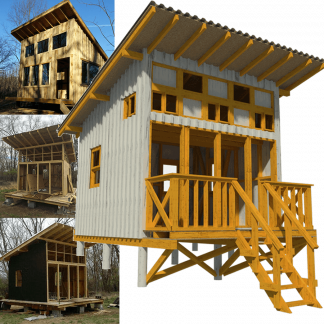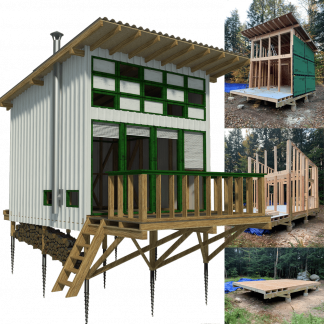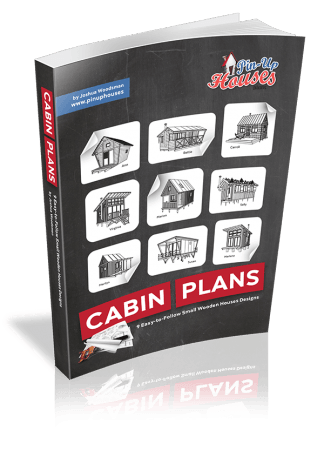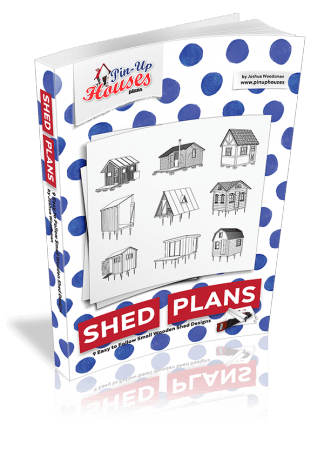Tiny homes are admired for their efficient use of space, lower environmental impact, and freedom of mobility. But within those charming small footprints lies one of the biggest technical challenges: plumbing. Unlike conventional homes, plumbing systems in tiny houses must meet the same performance standards in a fraction of the space.
Whether you’re building a DIY cabin or commissioning a custom tiny house on wheels, smart plumbing design is critical. Here’s how to build a system that saves water, space, and stress.
Compact Fixtures Make a Difference
In a tiny home, oversized sinks or deep bathtubs simply aren’t practical. Choosing the right compact fixtures is the first step to maximizing function without wasting space.
Consider:
- Wall-mounted or corner sinks in bathrooms and kitchens
- Tankless water heaters mounted under cabinets
- Slim-profile composting or gravity-fed toilets
- Foldable or retractable shower components
By minimizing footprint and depth, you preserve valuable floor and counter space while maintaining usability.
Efficient Water Systems for Off-Grid Living
Many tiny homeowners live off-grid or in remote areas. That means water conservation isn’t just a preference—it’s a necessity. Your plumbing should minimize waste and energy use.
Smart upgrades include:
- Low-flow fixtures for faucets and showers
- On-demand water heaters (electric or propane)
- Rainwater collection tanks with filters
- Greywater reuse systems for gardening or flushing
With the right design, you can comfortably live with smaller freshwater storage tanks and reduce strain on power sources.
Understand Greywater and Blackwater Management
Space limitations require careful planning for wastewater. In tiny homes, it’s common to separate greywater (from sinks and showers) and blackwater (from toilets) to streamline disposal and reuse.
Options include:
- Greywater irrigation systems (where permitted)
- Portable blackwater tanks or composting toilets
- Mobile sewer hookups for RV-friendly units
Check local codes and environmental regulations to ensure your system is compliant, especially if your tiny home is mobile or off-grid.
Plan Around Structural Limitations
Tiny homes often use lightweight or unconventional framing. That means heavy or rigid plumbing components might not fit easily.
To simplify installation:
- Use PEX tubing instead of copper or PVC — it’s flexible and easy to route
- Run plumbing through interior walls to prevent freezing
- Group plumbing fixtures close together (back-to-back) to minimize pipe runs
Also plan access panels so maintenance doesn’t require removing furniture or wall panels.
Insulate for Year-Round Comfort
Because tiny homes are small and often mobile, they’re more vulnerable to freezing temperatures. Frozen pipes are a serious risk that can be mitigated with proper insulation.
Protect your system with:
- Pipe insulation wraps (especially underfloor and exterior walls)
- Skirting for trailer-based homes during winter
- Heated hoses for RV hookups
- Drain-down valves for seasonal use homes
This ensures your plumbing stays functional even in extreme climates.
Common Plumbing Mistakes to Avoid
When designing your tiny home plumbing, avoid these frequent (and expensive) pitfalls:
- Underestimating tank size or water needs
- Using fixtures that don’t match your lifestyle (e.g., too small sinks)
- Installing drains without proper slope
- Forgetting about venting for drains and greywater tanks
Taking the time to research and plan ahead saves time, frustration, and money later.
Work With Professionals Who Understand Tiny Homes
Tiny homes are unique, and so are their plumbing challenges. Standard residential plumbers may not be familiar with mobile requirements, limited utility access, or compact design constraints. Always consult with professionals who have experience working on tiny or mobile dwellings.
If you’re building or updating a tiny home, and want a plumbing system designed for efficiency and durability, continue reading to connect with specialists who understand these distinct needs.
Final Thoughts
Plumbing might not be the most glamorous part of your tiny house, but it’s one of the most essential. From selecting the right fixtures to managing wastewater responsibly, good plumbing makes a small space truly livable. Whether you’re off-grid in the mountains or parked in the city, a thoughtful system will give you the comfort of a full-sized home—without the footprint.


